Trees are an essential part of our environment, providing oxygen, shade, and beauty to our landscapes. Unfortunately, trees can also be susceptible to diseases and pests that can cause damage to the tree, reducing its lifespan and even killing it. In this article, we'll provide a comprehensive overview of common diseases in trees, including information on how to identify them, prevent them, and treat them. We'll also discuss some of the most common pests that can affect trees and how to manage them.
By the end of this article, you'll have a better understanding of how to keep your trees healthy and thriving.
Types of Common Tree Diseases
Trees are susceptible to a variety of diseases that can damage or even kill them. The most common types of tree diseases are fungal diseases, bacterial diseases, and virus-caused diseases. Fungal diseases are the most common, and can be caused by fungi that attack the roots, leaves, branches, or bark. These fungi can be spread by wind, water, insects, or even through contact with infected plants.Common fungal diseases include anthracnose, leaf spot, and powdery mildew.
Causes of Tree Diseases
The most common causes of tree diseases include environmental conditions, pests, and improper care. Environmental conditions such as too much or too little sunlight or water can lead to disease. Pests such as aphids, beetles, caterpillars, or other insects can spread disease-causing organisms.Improper care such as over-fertilization or improper pruning can also lead to disease.
Symptoms of Tree Diseases
The symptoms of tree diseases vary depending on the type of disease and the tree species. Common symptoms include discolored leaves, wilting branches, and dead branches. Fungal diseases often cause discoloration of leaves or spots on the leaves.Bacterial diseases often cause wilting branches or dead branches. Additionally, some tree diseases can cause galls or growths on the bark.
Treatments for Tree Diseases
The treatment for tree diseases depends on the type of disease and the severity of the infection. Pruning affected branches is often recommended for fungal diseases, and applying fungicides is also effective for some fungal infections.For bacterial infections, pruning affected branches and applying bactericides can help control the spread of the disease. In some cases, professional arborists may be called to diagnose and treat tree diseases.
Tips for Preventing Tree Diseases
The best way to protect your trees from disease is by preventing it in the first place. Proper watering techniques are essential for keeping trees healthy and preventing disease.Avoid over-fertilization of trees as this can increase the risk of disease. Additionally, inspect your trees regularly for signs of disease and treat any issues promptly.
Causes of Tree Diseases
Tree diseases can be caused by a variety of environmental conditions and pests. Common environmental conditions that can lead to tree diseases include temperature extremes, drought, flooding, and soil conditions. Temperature extremes can cause trees to become stressed, leading to the development of certain diseases.Drought can also stress trees, as well as lead to the development of fungal diseases. Flooding can damage root systems and cause root rot, which can weaken the tree and cause it to become more susceptible to disease. Poor soil conditions, such as compacted soil or nutrient deficiencies, can also lead to weakened trees and an increased risk of disease. Pests are also a major cause of tree diseases.
Insects such as bark beetles, borers, aphids, and scale can cause damage to trees, leading to the development of fungal diseases. In addition, mites and nematodes can cause considerable damage to foliage and roots, resulting in tree diseases. Other pests, such as deer and rabbits, can also feed on tree bark and foliage, causing damage that can lead to disease.
Preventing Tree Diseases
Preventing tree diseases is an important part of maintaining the health of your trees.Taking proactive steps to protect your trees from disease can help to avoid costly treatments and may even save the life of your tree. When it comes to preventing tree diseases, proper watering techniques are key. Trees need a certain amount of water to stay healthy, but over-watering can cause root rot or leaf diseases. Make sure to only water your trees when the soil is dry and always check the soil moisture before you begin watering. Over-fertilization is also a common cause of tree diseases, as too much fertilizer can burn the roots and leaves of your trees. Follow the instructions on the fertilizer package carefully and only use a fertilizer specifically designed for trees.
Additionally, never fertilize your trees during periods of extreme heat. Finally, be sure to inspect your trees regularly for signs of disease. Pay special attention to any discoloration or wilting in the leaves, as these can be signs of a serious problem. If you do spot a problem, contact a certified arborist immediately for help diagnosing and treating the issue.
Treatments for Tree Diseases
When it comes to treating tree diseases, the best approach is prevention. Proper pruning, mulching, and fertilizing can help keep your trees healthy and prevent diseases from developing.However, if a disease has already taken root, there are several treatments that can be used to help protect the tree. Pruning is the most common treatment for tree diseases. Pruning helps remove damaged or diseased branches and leaves, as well as dead wood. This can help slow the spread of the disease and reduce damage to the tree. Pruning should be done carefully and only when necessary, as it can also cause further damage to the tree if done incorrectly. In addition to pruning, fungicides can be used to treat tree diseases.
Fungicides are chemicals that can be applied directly to a tree or its leaves in order to kill off any fungus present. Fungicides are available in both liquid and powder forms and should be applied according to the manufacturer's instructions. It's important to note that fungicides may not completely eliminate a disease, but they can help slow its spread and reduce its severity.
Types of Common Tree Diseases
Fungal DiseasesFungal diseases are some of the most common tree diseases. They can be caused by a variety of different fungi, including Phytophthora, Armillaria, and Fusarium.Fungal diseases can cause a variety of symptoms, from leaf spots to wilting or yellowing foliage. Fungal diseases can spread quickly, so it is important to identify and treat them as soon as possible.
Bacterial Diseases
Bacterial diseases can also affect trees. These diseases are caused by bacteria, such as Xanthomonas, Pseudomonas, and Erwinia.Symptoms of bacterial diseases can range from leaf spots to wilting foliage. Bacterial diseases can spread quickly, so it is important to identify and treat them as soon as possible.
Viral Diseases
Viral diseases are caused by viruses that are spread by insects or through direct contact between plants. These diseases can cause a variety of symptoms, including stunted growth, yellowing foliage, or distorted leaves. Viral diseases cannot be cured, but they can be managed through proper pruning and pest control.Insect-Related Diseases
Insect-related tree diseases are caused by pests such as mites, aphids, and scale insects.These pests feed on the tree's sap and can cause a variety of symptoms, including leaf spots or discoloration. These diseases can be managed through proper pruning and pest control.
Symptoms of Tree Diseases
Tree diseases can present a variety of symptoms, some of which can be difficult to detect. Homeowners should be aware of the following signs and symptoms that may indicate a tree is infected:Discolored LeavesOne of the most visible signs of tree disease is a change in leaf color. Leaves may turn yellow, brown, or black, and fall from the tree prematurely.This is often caused by fungal diseases such as apple scab or powdery mildew.
Wilting Branches
Wilting branches are another common symptom of tree diseases. As the tree is unable to absorb enough water from the soil, the branches will become dry and brittle. This could be due to root rot or other soil-borne diseases.Abnormal Growth
If a tree is infected with a disease, it may experience abnormal growth. This could include stunted or deformed leaves, shoots, and branches.Abnormal growth can also be caused by nutrient deficiencies in the soil, so it is important to test the soil for any potential issues.
Stunted Growth
If a tree is not growing as it should, this could be an indication of a disease. Diseases such as oak wilt or verticillium wilt can cause stunted growth and slow the growth rate of a tree.Holes in Bark
Holes in a tree's bark are often caused by pests, such as beetles or borers. These pests can introduce pathogens into the tree, leading to infections and other diseases. If you notice any holes or other damage to the bark, it is important to contact an arborist right away. In this comprehensive overview of common tree diseases, we discussed the various types of tree diseases, their causes, symptoms, treatments, and preventive measures.We highlighted the importance of taking preventive measures to protect trees from disease, as diseases can cause significant damage and even death to trees. Taking preventative measures such as regularly inspecting your trees for signs of disease, keeping the area around the tree clean, and providing proper care can help protect your trees from disease.
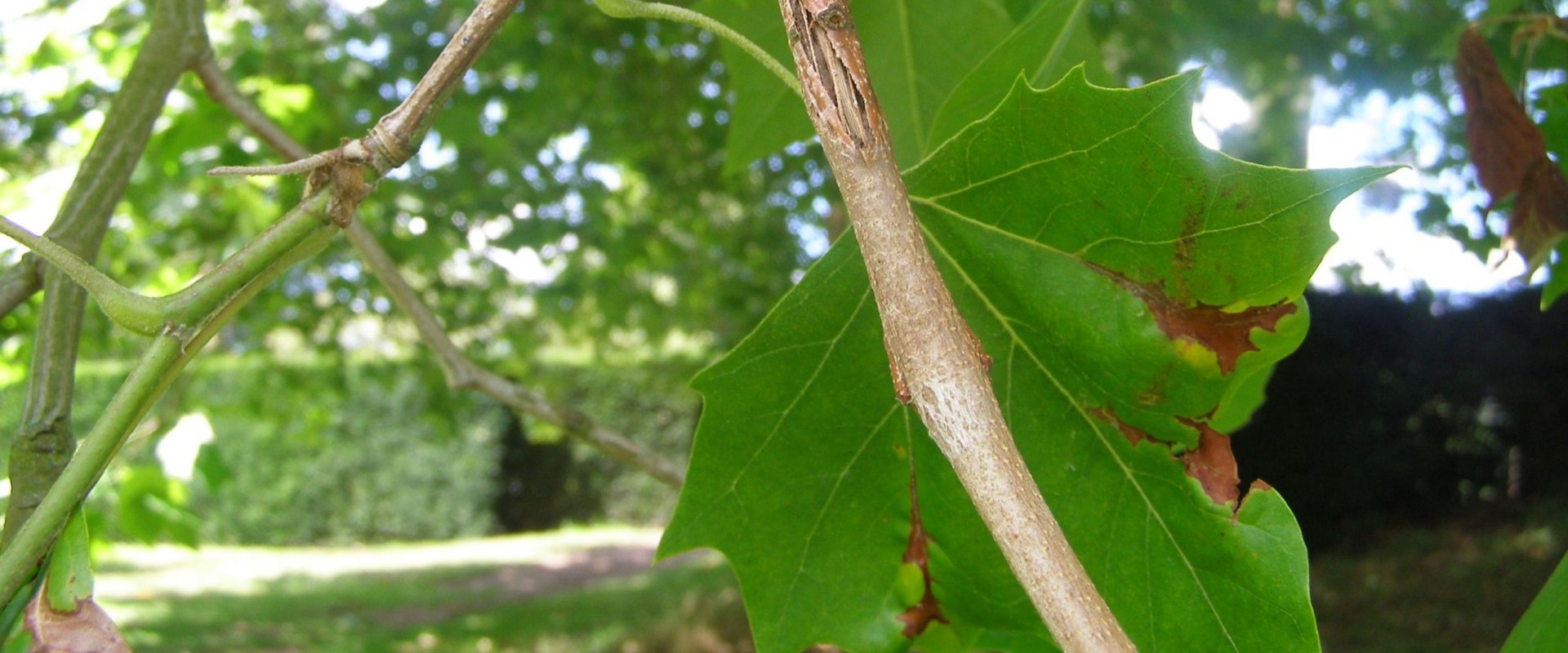
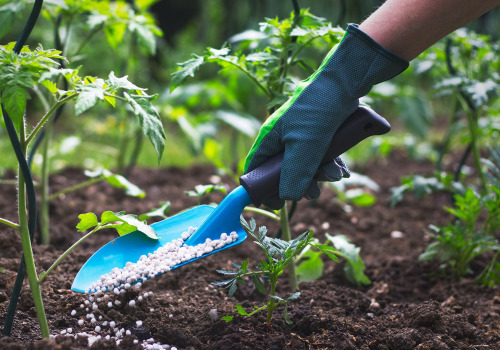

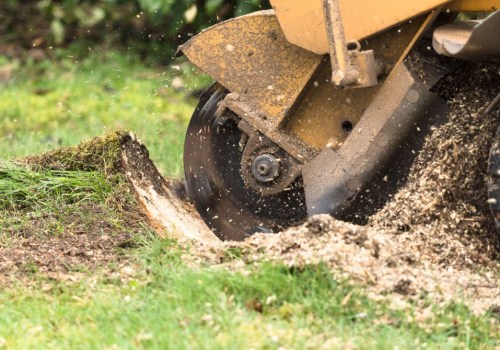
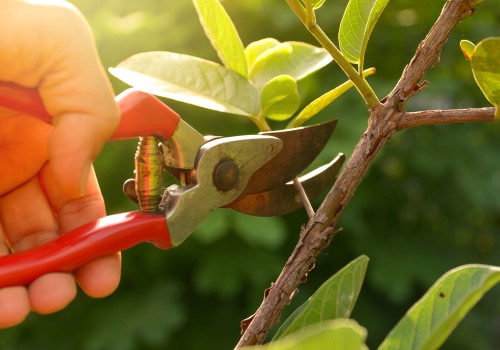
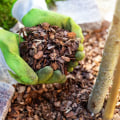
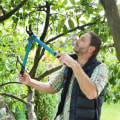
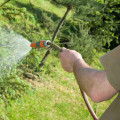


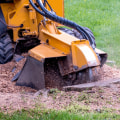
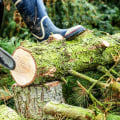
Leave Message